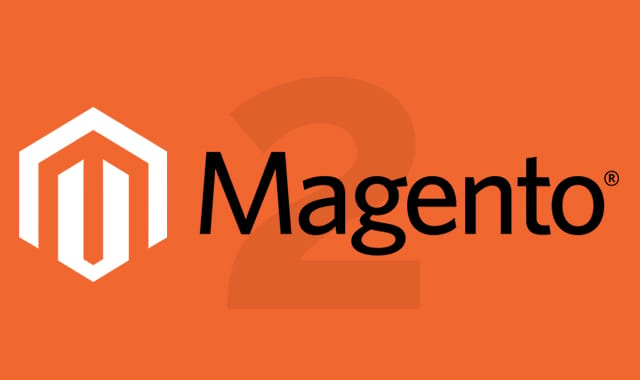
As Magento 1 end of life draws near, we are receiving a lot of buzz from potential clients who are considering taking the plunge and diving headfirst into a Magento 2 site migration. As we go through the project scoping process for these potential customers, we have noticed a recurring theme that we feel we should address: over-customization and the overuse of extensions are the silent killers of countless Magento sites.
What’s important to understand about customizations and extensions is that—while in theory, they seem beneficial—they are often hindering the success of your site. We are finding many small and medium-sized (SMB) merchants that have sixty plus extensions and ten customizations, plus core hacks, on Magento 1. These merchants are forfeiting much of their budget that they should be spending on digital marketing just to keep their unstable Magento site running. Also, this over-customization is causing site-load and other performance issues which hurts SEO and overall user experience.
We must also note that some merchants who have migrated from Magento to a SaaS platform are performing much better than they were on Magento. We have been perfectly transparent about this when scoping projects for potential customers. Magento is powerful and a great fit for many, but not for all.
With Saas platforms, customization is harder and the monthly cost for 3rd party apps makes it easier to understand the long term budget ramifications—which, as we are realizing, is actually a blessing in disguise for merchants who are prone to overload their site with every new feature that comes along. This is why a lot of the time these platforms are working better for SMB merchants; in many ways, Saas platforms limit the ability for the merchant to over-customize and over-complicate the eCommerce experience.
As we work with new prospects on migrating to Magento 2, we are trying to help them limit the number of customizations and extensions they are using. We start by taking a step back to rethink the actual business process—this means asking the hard questions like, “Is this customization really needed? Do you really need an ajax add-to-cart extension? Quick shop? Quick view?” Do these added features really justify the long term maintenance expense? The answer is most often not.
Magento 2 has all of the tools that most SMB merchants need to provide a great shopping experience: product video, shopping experience and payment options. The M2 theme is optimized for the shopping experience, so merchants don’t need to invest much in an overly-customized user interface. For SMB merchants migrating to Magento 2, we recommend leaving out “the nice to have” features and instead focusing on the minimum viable product. See how the site performs for a few months and then ultimately decide which features to add. You might be amazed to find that you have improved SEO and site conversions just by using the out-of-the-box features included with Magento 2. Paring everything back and avoiding unnecessary customizations may be the greatest improvement a Magento merchant can make.
If you are finding yourself with a site that is over-customized and over-complicated, contact us today or visit us at interactone.com. We can help.
